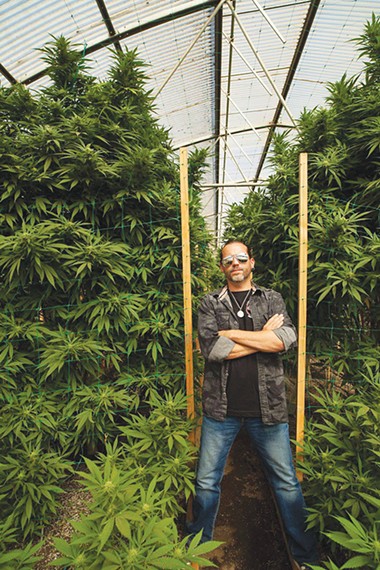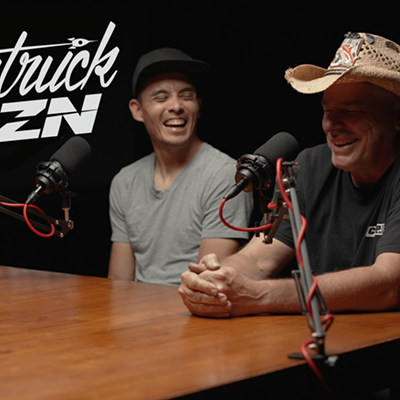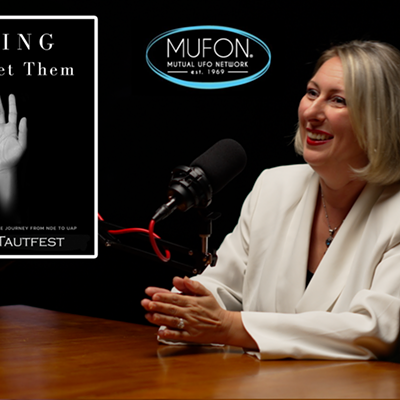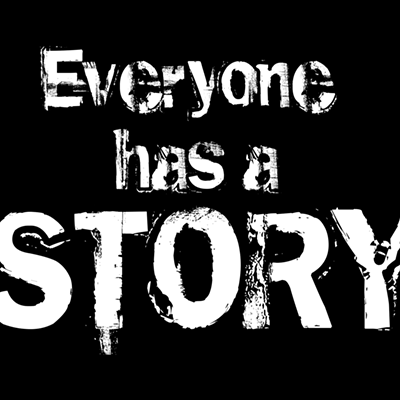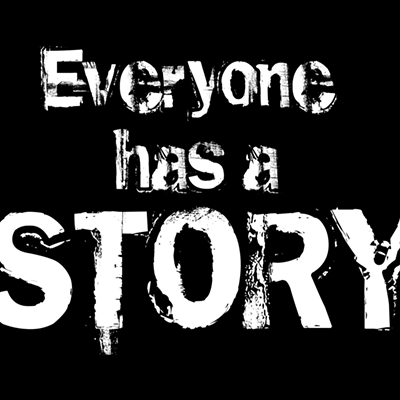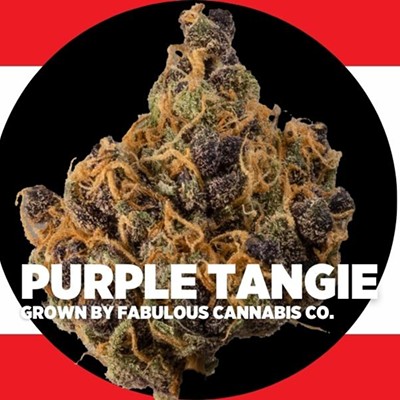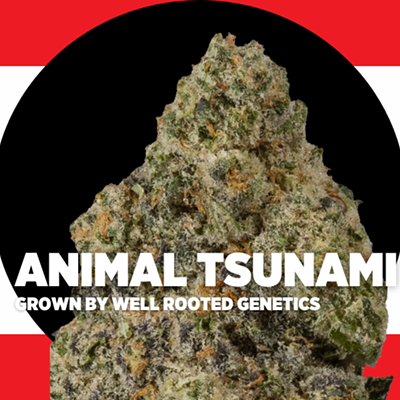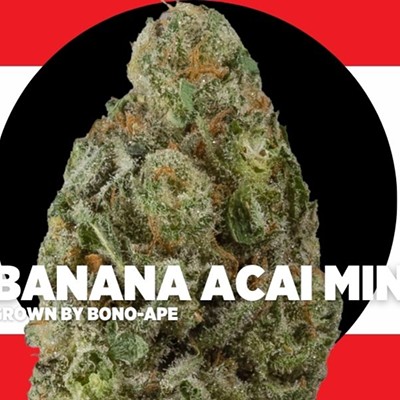There is no bigger event in the world of cannabis than the High Times Cannabis Cup.
Founded in 1988, Cannabis Cup became open to the public in 1994, former High Times senior editor and Cannabis Cup coordinator Bobby Black said.
Until he left the company in 2015, Black attended all but two or three of the Cups.
At the beginning of the decade, medical laws were already in effect in California, so Black said High Times started events in San Francisco and Los Angeles.
“It was a whole new world doing them here in the States, but they were fun, and they were exciting and we were doing what we did best, which was operating in a gray area. That’s what High Times had always been. We were outlaws, and we were covering an illegal world that we all loved and were passionate about, and we walked that line. When we started doing the States, we didn’t know, at any moment, if it was going to get busted, if feds or local police were going to roll in and tell us we couldn’t do it, but luckily, we were able to pull it off and started doing it in more and more states more and more cities. Eventually, it got so big that we had to bring in event staff and logistical help because the staff of High Times was only, like, a dozen to 25 people at its height, so when you have 40,000 people coming to an event, you can’t really run it with 20 people. You need more help,” he said.
“The early Cups, they were a lot of fun and they were just wild, almost like a circus in a way. We would have all these crazy hippie people that would be part of our troupe and everything, and it was kind of run by the seat of our pants. The judging in the competition was not done as scientifically as it should have been, I would say. There were lots of complaints over the years. Everybody accused it of being bought and rigged and all this other stuff, and there were certain years and certain time periods where there may have been an element of truth to that, and there are other time periods where it wasn’t true. But I will say this: It was only after it had come to the States, had been for a year or two in the States, that one of my former colleagues, Nico Escondido, one of the cultivation editors, came up with this system for judging that was very scientific. It was a computerized judging system that had algorithms that took into account weighting certain factors and stuff. And when we started employing the computerized judging, that was a huge step forward.”
Black said back in the Amsterdam days, votes were still being tallied by hand even up until the awards ceremony began. That has all changed.
Judging system
Niki Weed-Gossett applied online to be a judge and was given a slot. Then her husband applied and was also selected. She is tasked with judging 40 sativa strains, while he has 37 indica strains.“I never thought that sampling weed would be like a full-time job. It is a full-time job, and I’m over here, like, getting anxious because I’ve got like eight more days and like 30 strains to go,” Weed-Gossett said on Aug. 14.
She went and picked up her entries, which totaled about 40 grams, at APCO Med the weekend prior. The cost was $4.20 for all the entries. Weed-Gossett said she purchased a new pipe and had rolled one joint so far, entering her notes in the online portal.
“We were outlaws, and we were covering an illegal world that we all loved and were passionate about, and we walked that line.” — Bobby Black
tweet this
“It’s got five different things on a scale of one to five. It’s like taste, aroma, texture, effectiveness and burnability. I’ve had one where I gave straight fives. One. And it deserved straight fives,” she said. “I’m finding the average is probably twos and threes and threes and fours, but there are there are definitely, obviously some cultivars out there and some growers that deserve some pretty good recognition for the weed that they grow because that Flower Sativa 7, I don’t even know who the fuck the grower is, but they got a home run from me.”
This is Will Foster’s third time judging a Cannabis Cup event. He previously judged Cups in Los Angeles in 2007 and 2012 or 2013.
“I didn’t apply. They just sent me a thing and told me I was an honorary judge. I’m judging all the pre-rolls,” he said.
Foster has a long and storied history with cannabis cultivation. Growing cannabis in Oklahoma sent him to prison, and he spent years in California before returning to the state and founding Herblix.
“When they first sent me my first score sheet, there were 35, but I guess only 26 of them made the cut or however they do it, or only 26 that made the actual deadline,” Foster said. “Maybe others signed up that just didn’t make the deadline. I don’t know. I didn’t ask. They’ve only contacted me via email.”
He had made it through 14 of them as of Aug. 14. The deadline for the score sheet is Aug. 21.
“They’re a mixture of everything, so I’ve got just plain pre-rolls and I have pre-rolls dipped in kief and then some dipped in distillate and rolled in oil,” he said. “There’s a large array of stuff rolled in cannabis leaves. Some people have been pretty creative.”
Foster judges two a day and starts fresh with them.
“I don’t smoke the whole thing, so I only take two or three hits and then I put it out. And the ones that I’ve gave high ratings to, I’ve separated,” he said. “People will eventually get there. It’s a new thing that they’re doing, and a lot of people are probably growing a lot of Colorado and California strains, which they’re going to have problems with because those strains are more tailored for those environments, which don’t have the high humidity. Having the high humidity here is a whole different ballgame. A couple of the entries, I was surprised that a couple people even bothered entering them. I thought they were very low-grade. They didn’t have a good taste. But don’t get me wrong; there’s definitely some people that are doing a pretty damn good job.”
Editor’s note: This is the third part in a series about the first Oklahoma Cannabis Cup.

